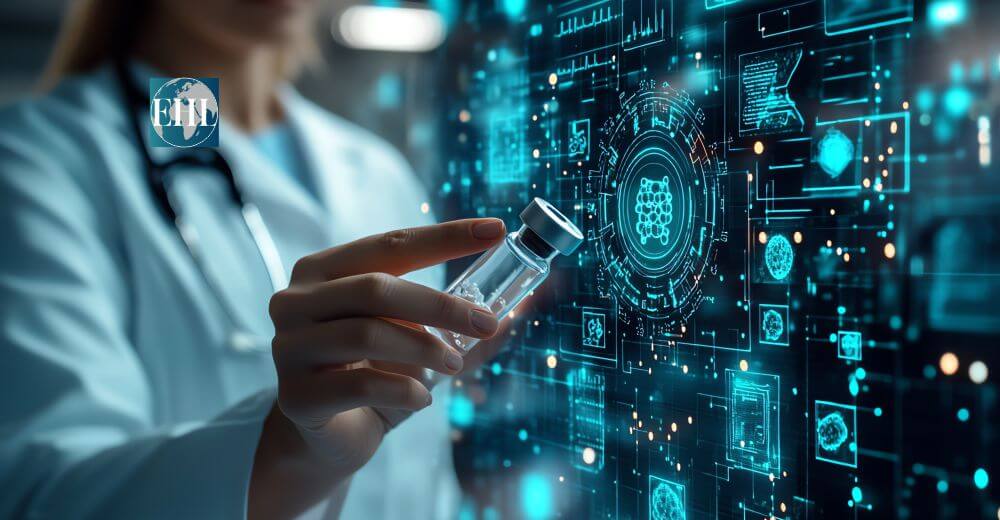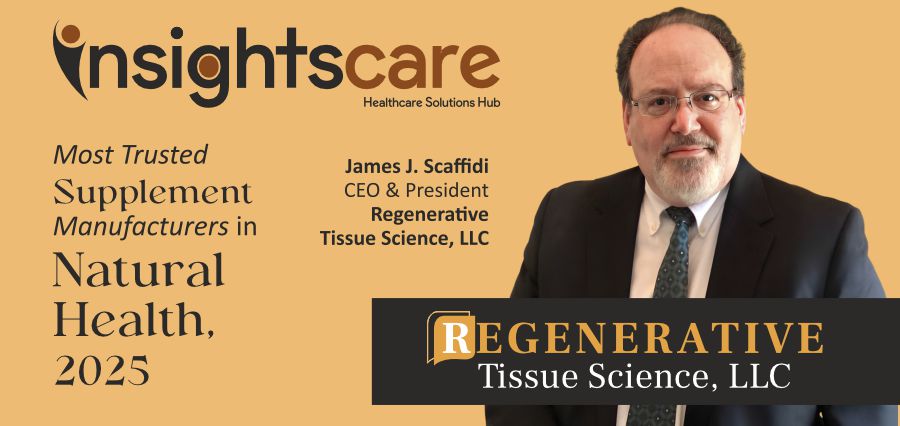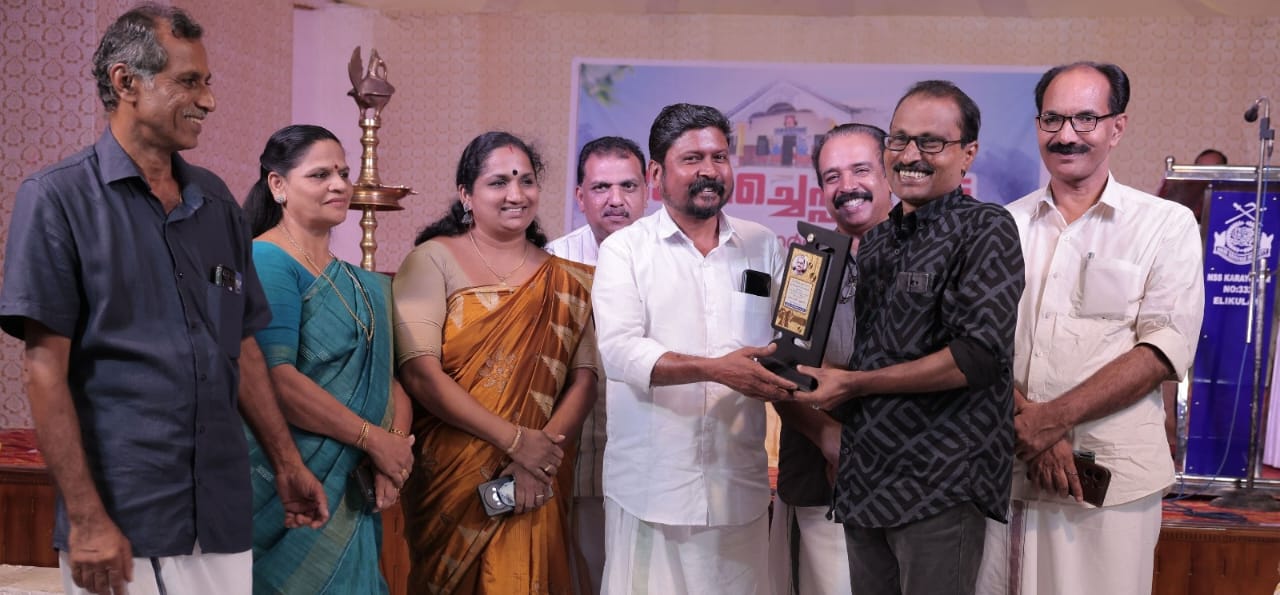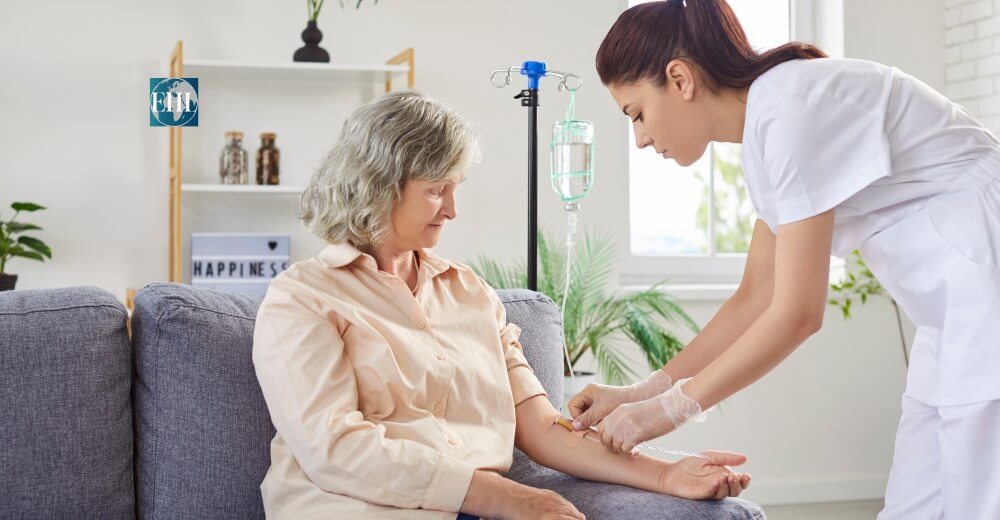Biosimilar Breakthroughs
Advanced biologic treatments have revolutionized medicine and offered new hope to millions suffering from chronic but severe diseases like cancer, rheumatoid arthritis, and autoimmune diseases. Life-derived therapies have been targeted at the molecular causes of diseases for precision, effectiveness, and specificity that standard medicines are incapable of achieving. For such high prices set for the treatments, biologics turn lifesaving medications into significant access barriers for patients across the globe and major impacts on healthcare system finances. Biosimilars are innovative alternatives positioned to bridge the affordability gap and extend advanced treatments to more of the population.
Costly Barrier of Biological Treatment
Biologics, or biological treatments, represent complex drugs manufactured by advanced biotechnology. Unlike other drugs, which are chemically manufactured, biologics are manufactured from living cells and hence are complex and challenging to produce. This usually results in very high prices due to such complexity and the fact that R&D costs are mostly very high. The cost for a course of treatment by using biologics can be as high as tens of thousands of dollars, such as trastuzumab for breast cancer and adalimumab for arthritis.
These costs are unaffordable for many patients, who thus cannot access potentially life-saving treatments. The health care systems also have to bear immense financial strains, with biologics consuming a large portion of the pharmaceutical budget. Interest in biosimilars has thus been driven by needs that would lessen the costs without compromising quality and effectiveness.
What Are Biosimilars?
These are high-similar versions of already-approved biologic drugs whose reference products include several that have already been licensed. Whereas with the significant testing for safety, efficacy, and quality they have undergone, just like any other drug would, and considering that biologics are complex and, thus one should never consider them to be wholly identical, biosimilars also turn out to be very comparable; therefore, there is a great difference between biosimilars and name-brand counterparts from generics of pharmaceuticals, which are utter and complete chemical copies of brand-name medications.
Developmentally, biosimilars require highly sophisticated technology and strict adherence to regulatory standards. Because biosimilars do not have to bear the same R&D investment as original biologics-the reference product has laid the ground-they can be priced considerably lower, offering substantial cost savings.
Breakthroughs in Biosimilar Technology and Market Adoption
In the last couple of decades, however, the same couple has picked up biosimilar development with an increased pace about its viability and cost owing to advances in biotechnology and manufacturing. For example, cell line development, bioreactor technology, and analytical techniques have improved; all these have led to consuming less time, and costs have come down without hampering the quality.
Clear pathways for approving biosimilars have been provided by regulatory agencies like FDA in the US and EMA in Europe. These guidelines will ensure very high standards of similarity and dependability are set by the biosimilars-thus, building confidence among physicians and patients. It wasn’t until the 2009 passage of the Biologics Price Competition and Innovation Act that cleared a path for U.S. approvals of biosimilars; since 2006, the EMA has led the way on biosimilars.
Adoption of biosimilars by the market has also picked up pace. In the European Union, biosimilars account for a considerable percentage of the sales of biological drugs. For instance, biosimilars to infliximab used in the treatment of autoimmune diseases have realized wide usage across Europe, with cost savings of up to 70% realized in some instances. In the U.S., biosimilars such as Zarxio, a biosimilar for filgrastim, and Mvasi, a biosimilar for bevacizumab, proved their potential in bringing down costs with clinically comparable efficacy.
Global Initiatives and Policies Encouraging Biosimilars
Governments and health organizations globally have been adopting various policies in support of the uptick in the adoption of biosimilars to believe in a more affordable health future. First and foremost,
Europe: Many countries, such as Germany and Denmark, have been at the lead in adopting biosimilars through active incentive programs aimed at both healthcare providers and patients. Policies that favor the prescription of biosimilars over reference products have ensured competition, hence considerably lowering prices.
The FDA Biosimilar Action Plan was one such effort at smoothing the processes for the approval of biosimilars, enhancing market competition, and educating key stakeholders about the benefits of biosimilars in the United States.
India has, therefore, emerged as a major production hub for biosimilars, since the country bears one of the highest burdens of chronic diseases. This includes the creation of biosimilars for the global market, such as the trastuzumab biosimilar from Biocon, which widened access to the treatment for breast cancer among people of low-income countries.
Real-life examples give evidence of the outcomes such initiatives produce. Thus, in South Korea, savings from the use of biosimilars reached 40% of treatment costs for breast cancer patients. The province of British Columbia, Canada, launched a switching program with the aim to create incentives for patients to transition from originator biologics to biosimilars, freeing resources to be reinvested into the healthcare system.








